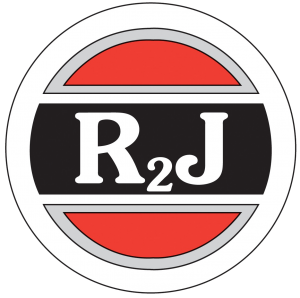Why Closed Loop Water Treatment Matters A closed loop water system is designed to circulate water in a sealed circuit, providing heating or cooling without continuous exposure to the atmosphere. Unlike open systems, such as cooling towers, closed loops conserve water and reduce outside contamination. …
Read Full ArticleBlog
Every cooling tower relies on a continuous supply of make up water to replace what’s lost through evaporation, drift, and blowdown. This makeup water is essential for maintaining the tower’s operation, but its quality varies widely depending on the source. Municipal supplies, well water, or …
Read Full ArticleWhy Industrial Boiler Maintenance Matters Industrial boilers are the backbone of many facilities. Whether they’re generating hot water for comfort heating or powering steam systems for industrial processes, these complex machines operate under enormous operating stress every day. Without consistent boiler maintenance, corrosion, scale, and …
Read Full ArticleWhat Is a Condensate Return System? In any steam system, water is heated in a boiler until it becomes steam. That steam delivers heat to equipment, processes, or spaces – from steam heating systems in commercial buildings to industrial steam plants. After releasing its energy, …
Read Full ArticleWhat Are Cooling Tower Drift Eliminators? Cooling towers operate by releasing heat through evaporation, but this process can unintentionally release fine water droplets into the surrounding air. These droplets, known as drift, may contain Legionella bacteria and other contaminants if the tower water is not …
Read Full ArticleWhy Legionella Training Matters Facility teams are on the front line when it comes to protecting building water systems against Legionella bacteria. This organism, when allowed to grow in potable water, cooling towers, or hot tubs, can cause Legionnaires’ disease, a severe type of pneumonia …
Read Full ArticleWhat Is Biofilm – and Why It Matters for Water Systems Biofilm is a dense, slimy layer of microbial colonies that forms on surfaces exposed to water over time. It’s not just a cosmetic issue – in potable water systems, plumbing, cooling towers, and other …
Read Full ArticleFor many commercial and industrial buildings in the Tampa Bay area, glycol systems are an essential part of keeping operations running smoothly. These systems protect chillers, HVAC units, and piping from damage caused by extreme temperatures, whether it’s preventing freezing in the winter or overheating …
Read Full ArticleIf you manage a commercial or industrial building in the Tampa Bay area, clean, reliable water is necessary for daily operations. From keeping production lines running to providing safe drinking water for staff and visitors, your water filtration system plays a key role in protecting …
Read Full ArticleWhat Is a Glycol Cooling System – and Why Treatment Matters A glycol cooling system is a closed-loop refrigeration system that uses a glycol-water mixture instead of plain water to absorb and transfer heat. It’s commonly used in commercial buildings, industrial cooling, food processing, and …
Read Full Article
